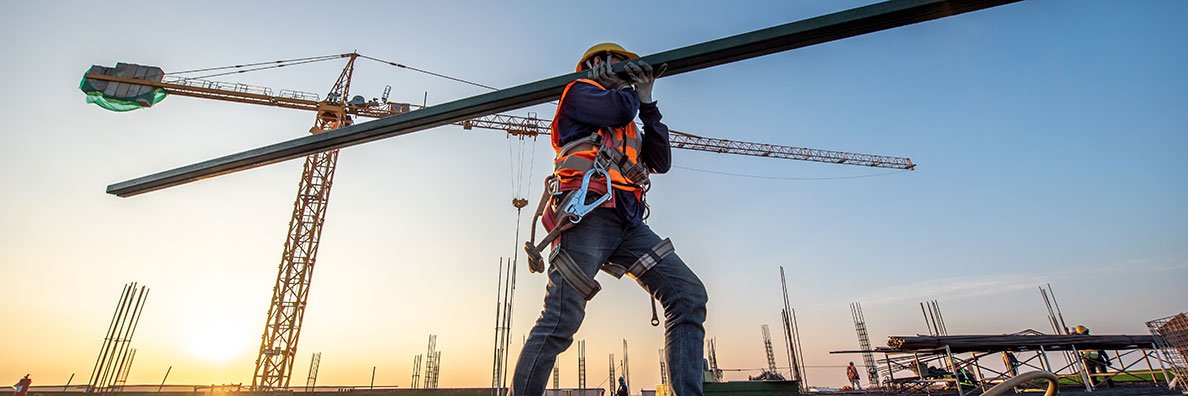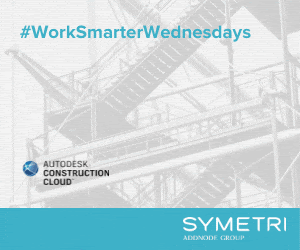Blue Projects is a highly experienced project management company and a preferred strategic project partner for the world’s leading blue-chip companies. The complexity of multi-disciplinary projects inspired Blue Project’s founders to surround themselves with a highly innovative and flexible team of leading professional engineers that shared the same passion and commitment to project excellence.
The problem
Blue Projects is a project management company with a global footprint covering Romania, Poland, Russia, the United Kingdom, Belgium, Czech Republic, the Netherlands, Germany, Africa and North America. The team provides project and engineering solutions across industry sectors for a number of major global players. Their services include construction management, design and engineering, health and safety management, commercial management and production lines relocation.
During 2020, the global Covid-19 pandemic caused chaos across the globe. As the end of the year drew to a close, there was a collective sigh of relief when national health regulators began approving the use of a number of vaccines which provide immunity against the highly transmissible and potentially fatal virus. Nevertheless, the global demand for this vaccine far outstripped supply, and with a worsening picture during the winter months of early 2021, it was imperative that the construction of production facilities was stepped up.
“When it came to our project details, we knew that digital construction solutions could play an important role in ensuring communication and collaboration was seamless and smooth given we had to work to such tight timescales.”
Michal Zajac, Senior Architect and BIM Manager for Blue Projects was a lead partner in supporting the design and construction of a vaccine production facility to contribute to the global effort to provide vaccines to the most vulnerable people in our societies. Blue Projects needed to make sure this facility was built quickly; the design and construction phase would run in tandem but it was absolutely essential that safety and quality was not compromised.
“When it came to our project details, we knew that digital construction solutions could play an important role in ensuring communication and collaboration was seamless and smooth given we had to work to such tight timescales,” reflects Michal. The technology solution needed to facilitate several factors including coordinating teams across different geographies and time zones, improving the design process to aid collaboration between design and site teams as well as improving communication with supply chain partners.
“We needed to be able to work in a 3D environment on design models to better manage the project schedule, as well as track issues resolution and design changes,” says Michal. For Blue Projects, setting the project up correctly from the outset would be crucial as it would have a direct impact on contributing to the global health crisis.
The solution
Blue Projects’ client, a major healthcare manufacturer, specified that a common data environment should be used on the project to ensure communication between stakeholders was the best it could be. Many of the project team members were working remotely from different locations, so finding a solution that supports seamless collaboration in a virtual world was key. The team could not risk time being lost due to miscommunication or confusion about project data. Blue Projects started using Autodesk Construction Cloud’s BIM 360 solution from the start of the project as their single source of truth for project data and established a number of digital workflows using the technology.
“To deliver the production facility quickly, the project was set up with the design and construction phases running in tandem.”
“To be able to communicate effectively, we needed one central repository for all project documentation,” says Michal. “But to collaborate effectively and efficiently, we needed to set up a number of digital workflows.” The team used BIM 360 for review and approval processes with their client to quickly agree and communicate design changes. In fact, more than 700 design reviews were created on the project.
As well as this, Blue Projects partnered with Autodesk’s customer success team to apply enhanced design and coordination workflows. “Autodesk’s deployment specialists were on hand to support us whenever we needed help,” reflects Michal. “The customer success team also supported us to get our teams set up for success early. They offered project team and champion training. The training enabled us to kick off the project and get started with internal and external users straight away,” says Michal.
When it came to planning and executing, using BIM 360 as the single source of truth for the project team meant that design changes could be communicated amongst project partners quickly through proactive clash and issue detection. Michal comments: “To deliver the production facility quickly, the project was set up with the design and construction phases running in tandem. Our coordination team needed support in implementing workflows that would identify design clashes early and the customer success team at Autodesk supported us in connecting our design authoring tools like Revit and Navisworks into BIM 360 so all the data we captured could be reflected in our model. This meant we could detect clashes before these go out to the teams on sire. This ultimately saved us hundreds of hours of time.”
For Blue Projects, delivering to the project schedule was crucial to not slow down progress but quality could not be compromised either. “We needed to deliver to absolute precision as we could not afford to have any major reword or defects,” reflects Michal. Using the issues management feature in BIM 360 to report design clashes meant the team were able to avoid costly reworks that could delay project progress. As well as this, internal and external collaborators like supply chain partners had access to critical project information wherever and whenever they needed it.
Michal says: “Collaborating across geographies during a global pandemic where teams were working remotely and on-site is a challenge for any project. But working collaboratively in this way with extremely tight project timescales made it that much more difficult. BIM 360 allowed all project collaborators to have access to real-time project data from anywhere.”
The results
The design phase of the project was completed earlier than planned schedule based on the experience of similar projects, meaning that Blue Projects not only completed this critical stage of the project earlier than planned, but also gained time to focus on the construction phase and support the teams responsible for installing key production equipment. These time savings meant the execution phase started earlier and the onsite construction got underway quicker on certain milestones.
“If we had not used BIM 360, we would have needed…thousands more hours to dedicate to manually identifying clash and issues detection to avoid the need for re-work on site.”
By capturing issues early through proactive clash and issues detection using BIM 360, Blue Projects and their client were able to gain time which they could focus towards supporting other critical construction programmes. With 1700 coordination clashes detected during the design phase and over 700 reviews and approval workflows executed with their client, Blue Projects have been able to prioritise quality and safety through a more connected construction process.
“Reducing the number of hard clashes that would have happened on site has meant that the team were able to use technology to speed up the time it took to carry out key processes without risking the quality we delivered for our client. If we had not used BIM 360, we would have needed hundreds and thousands more hours to dedicate to manually identifying clash and issues detection to avoid the need for re-work on site,” says Michal.
Gaining valuable project time without compromising on quality and incurring additional project costs means Blue Projects have been able to work more effectively with their client to improve project outcomes like improved design solutions and materials. Not only this, but the project team have also improved remote communication practices and improved the way they collaborate in a virtual world. “With the major changes we’ve witnessed over the last year in how and where we work, it’s been fantastic to work on a project that has delivered valuable outcomes for our client and established better ways of working in a virtual environment,” states Michal.
Not forgetting, and most importantly of all, a major vaccine production facility has kept to its project schedule. This means much needed vaccines will be able to be produced, delivered, and distributed on time to countries and individuals who need them most.
The post Delivering a Major Vaccine Production Facility on Time, Without Compromising Quality appeared first on Digital Builder.










